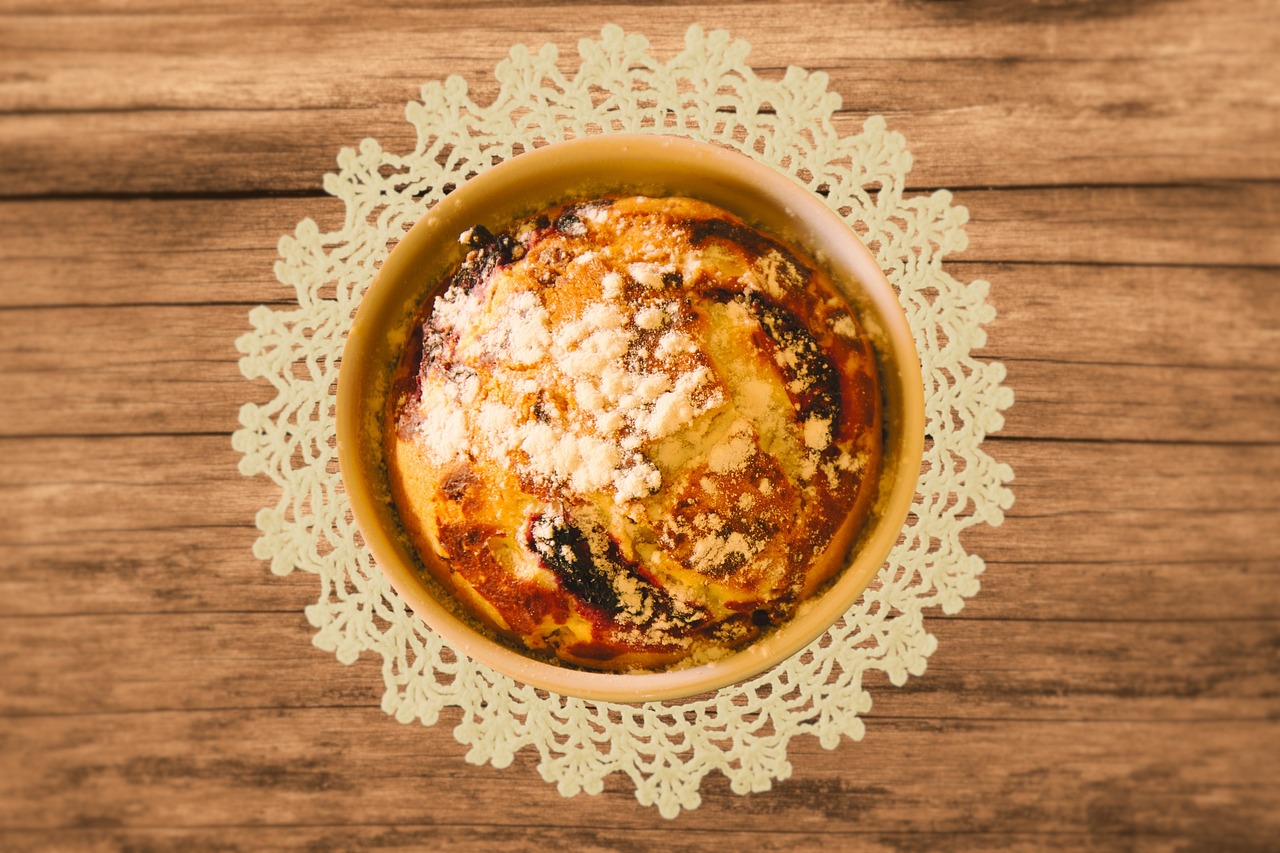Cobbler is a beloved dessert known for its comforting layers of fruit and a deliciously golden topping. Whether you’re baking a traditional peach cobbler or experimenting with berries, the topping is what sets this dessert apart. Let’s explore the components, variations, and techniques that make cobbler toppings so unique.
Traditional Ingredients of Cobbler Topping
At its core, a traditional cobbler topping uses simple pantry staples, which, when combined, create a light and satisfying crust:
Flour: Usually all-purpose flour is the base of most cobbler toppings.
Sugar: Granulated or brown sugar adds just the right sweetness.
Leavening Agents: Baking powder or baking soda helps the topping rise.
Fat: Butter or margarine provides richness and flavor.
Liquid: Milk or buttermilk binds everything together, forming the dough.
If you’re new to cobbler-making, check out the King Arthur Baking Fresh Fruit Cobbler Recipe for a classic approach that highlights these core ingredients.
Variations in Cobbler Toppings
The beauty of cobbler topping is its versatility.
While the traditional biscuit-like topping is the most popular, there are several variations to explore:
Biscuit-style toppings: Fluffy and slightly crumbly, these are often dolloped or spread over the fruit filling.
Cake-like batters: Pourable batters create a tender, spongy topping that absorbs the fruit’s juices beautifully.
Crumbly or streusel-like toppings: Made by adding oats, nuts, or spices, this option creates a crunchy texture.
For inspiration on alternative cobbler styles, explore Sally’s Berry Cobbler Recipe, which demonstrates a delightful mix of toppings.
Regional Differences in Cobbler Toppings
Cobbler recipes can vary based on geographic and cultural preferences:
Southern-style cobblers often feature a pie crust-like topping for a flaky, buttery finish.
Western cobblers sometimes incorporate oats or nuts into the topping, adding a rustic and crunchy texture.
Drop dough versus rolled dough methods vary by recipe, providing either a rustic or refined look.
Fruits and Their Ideal Toppings
Pairing the right fruit with the ideal cobbler topping enhances the flavor and texture of the dessert.
Here are a few common combinations:
Peaches: Pair beautifully with a lightly sweetened biscuit topping.
Apples: A spiced cake-like batter enhances their comforting, warm flavor.
Berries: Work wonderfully with crumbly or streusel-like toppings for a textural contrast.
Step-by-Step Guide to Making Cobbler Topping
Creating a cobbler topping is a straightforward process:
1. Combine dry ingredients: Mix flour, sugar, baking powder, and optional spices in a bowl.
2. Incorporate fat: Cut cold butter into the dry mixture using a pastry cutter or your fingers until it resembles coarse crumbs.
3. Add liquid: Slowly mix in milk or buttermilk to form a cohesive dough.
4. Top the filling: Drop or spread the dough over your prepared fruit filling.
5. Bake: Cook in a preheated oven at 375°F until the topping is golden brown.
Customizing Your Cobbler Topping
Want to make your cobbler topping unique? Here are some ideas:
Add spices like cinnamon, nutmeg, or cardamom for warmth.
Include nuts or oats for extra texture and flavor.
Adjust sweetness to suit the fruit filling.
For further guidance on Southern-style cobblers, check out The Kitchn’s guide to cobblers, which offers useful tips.
Common Mistakes to Avoid
When preparing cobbler topping, avoid these pitfalls :
Overmixing the dough: Results in a tough and dense topping.
Adding too much liquid: Leads to a soggy crust.
Skipping preheating: Ensures uneven baking and a lack of crispness.
Frequently Asked Questions (FAQs)
Can I Use Self-Rising Flour for Cobbler Topping?
Yes! If using self-rising flour, omit the baking powder and reduce the salt in your recipe.
How Do I Make a Gluten-Free Cobbler Topping?
Substitute all-purpose flour with a gluten-free flour blend designed for baking.
Can I Prepare Cobbler Topping Ahead of Time?
Absolutely. The dough can be prepared and refrigerated for up to 24 hours before use.
What’s the Best Way to Store Leftover Cobbler?
Store cobbler in an airtight container in the refrigerator for up to three days. Reheat in the oven to restore the topping’s crispness.
Conclusion
Whether you’re crafting a traditional biscuit-style topping or experimenting with modern variations, cobbler is a dessert that offers endless possibilities.

